Ventajas
RESERVANDO AHORA
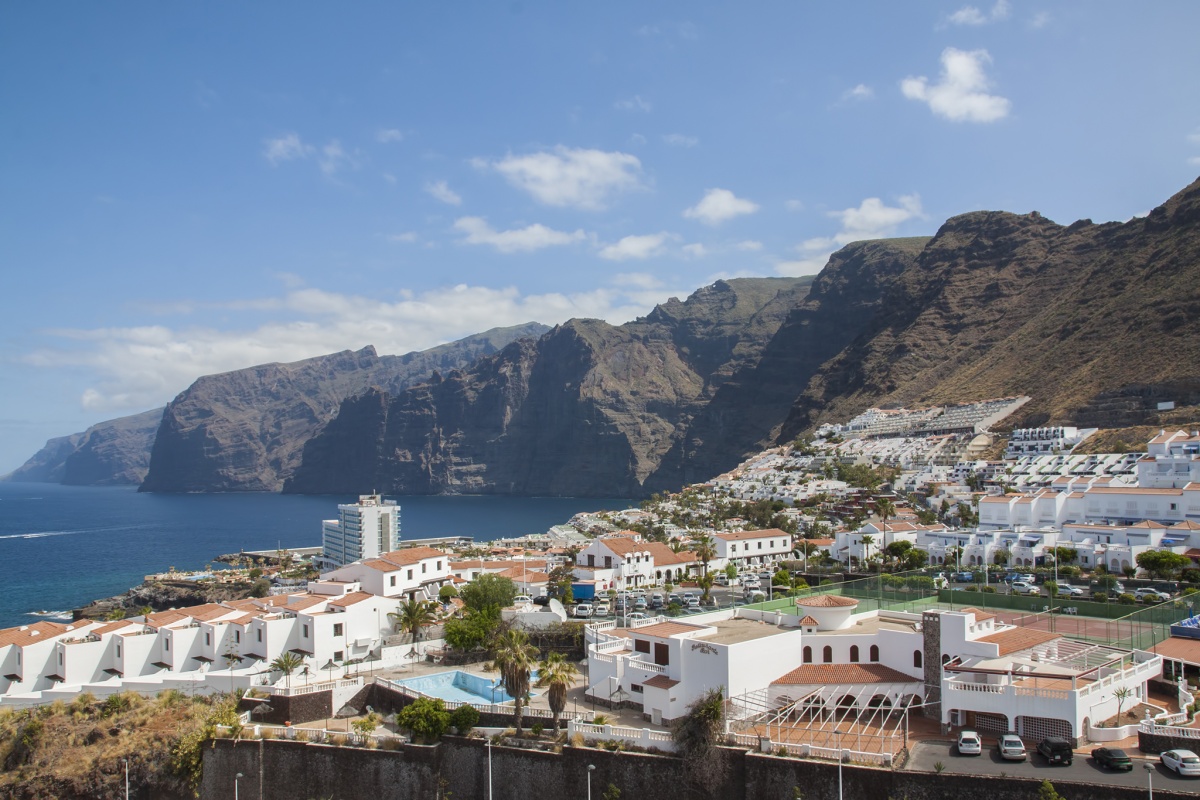
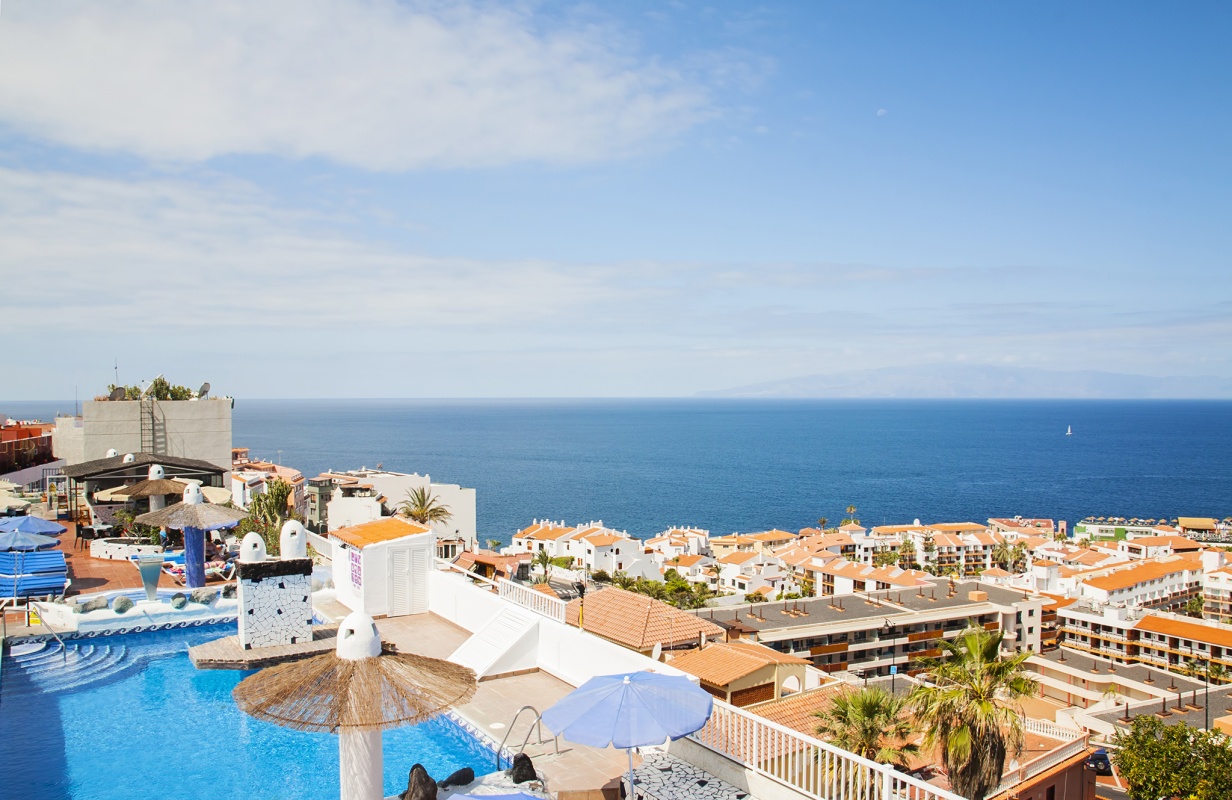
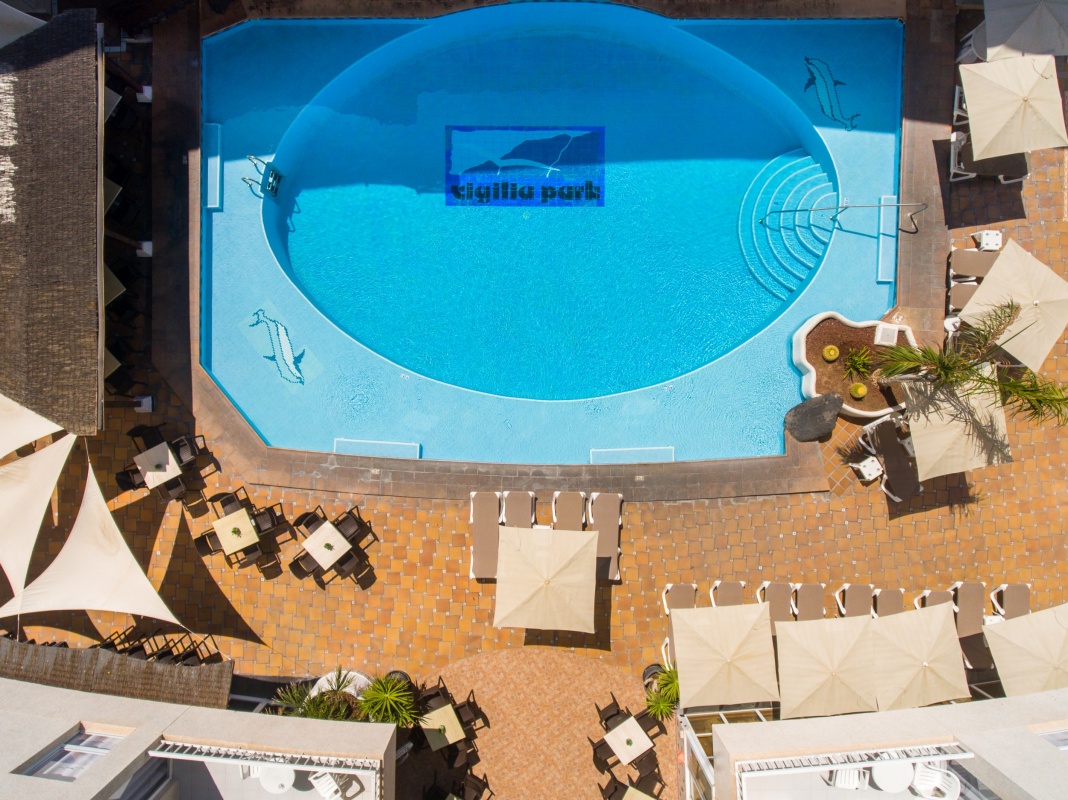
RESERVANDO AHORA
EN UNA ISLA CON ENCANTO EN UN MARCO INCOMPARABLE
Vigilia Park le da la bienvenida a un acogedor complejo de apartamentos en el centro de Puerto Santiago, Tenerife, donde disfrutar de un alojamiento lleno de comodidades y una atención personal de primer nivel. Con unas vistas únicas de los Acantilados de los Gigantes, Vigilia Park ofrece un alojamiento de excelente relación calidad precio.
El Complejo está construido sobre un pequeño centro comercial y cuenta con un total de 109 apartamentos. Disponen de terrazas exteriores privadas (excepto estudios), cocinas totalmente equipadas (con microondas, tostadora, cafetera eléctrica, hervidor), ventiladores de techo, TV, teléfono directo, caja fuerte (€), secador, plancha y tabla de planchar. Cunas y bañeras bebé (sin cargo).
Ubicación privilegiada en pleno corazón de Puerto Santiago, desde donde se pueden observar los Acantilados de Los Gigantes, así como las islas de La Gomera y La Palma. Este hermoso rincón, del Sur Tenerife - antiguo pueblo pesquero, que se caracteriza por su clima calida durante todo el año. El entorno es tranquilo, un lugar idóneo para parejas, familias con niños pequeños, amantes del Surf y todo aquel que quiera disfrutar de unas vacaciones relajantes.
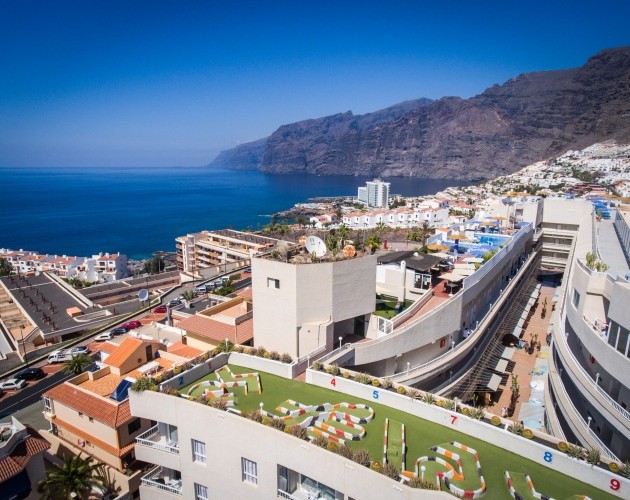

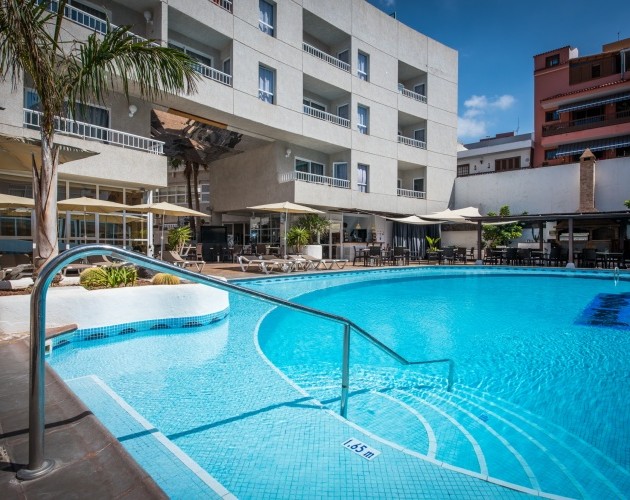
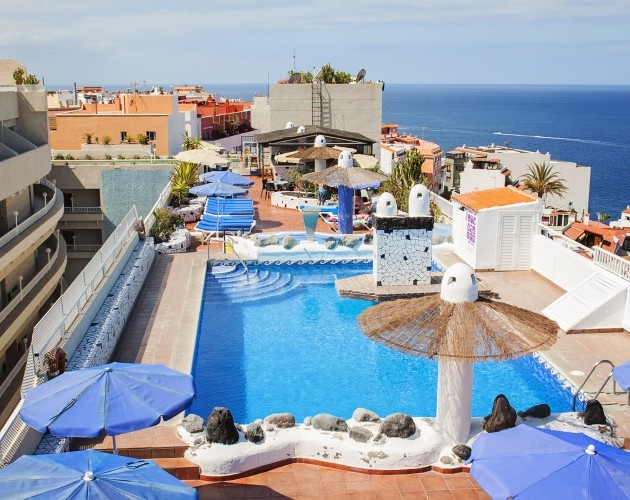
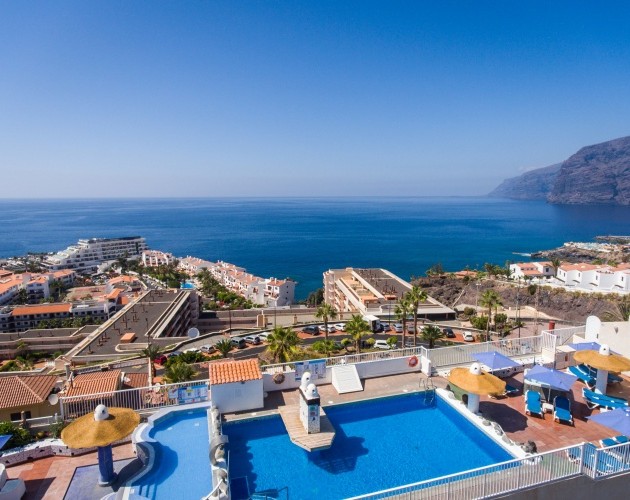


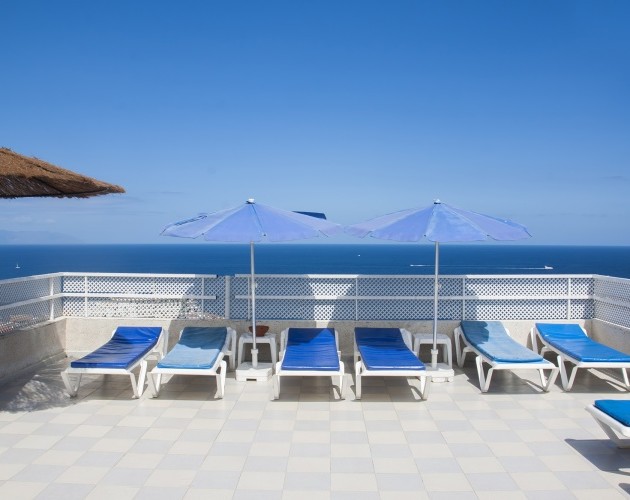
Los servicios de los Apartamentos de Vigilia Park en Puerto Santiago son la mejor garantía de diversión y descanso en Tenerife: piscinas, restaurante buffet, solárium, sauna, Jacuzzi, gimnasio, parque infantil, minigolf, Wifi (€), transfer (€)… y todos lo que necesite para hacer su estancia más agradable.
Elige nuestros apartamentos con piscina en Puerto Santiago, con restaurante, jacuzzi, sauna, … Disfruta de tus vacaciones reservando siempre al mejor precio en nuestra web oficial de Vigilia Park.
Reserva ahora y prepárate para una experiencia inolvidable en nuestras instalacioines con vistas impresionantes
Dónde encontrarnos
Av. Quinto Centenario, 58,
38683 Puerto de Santiago,
Santa Cruz de Tenerife
Cómo localizarnos
T. +34 922 860 590
E. reservas@vigiliapark.com
Contáctanos